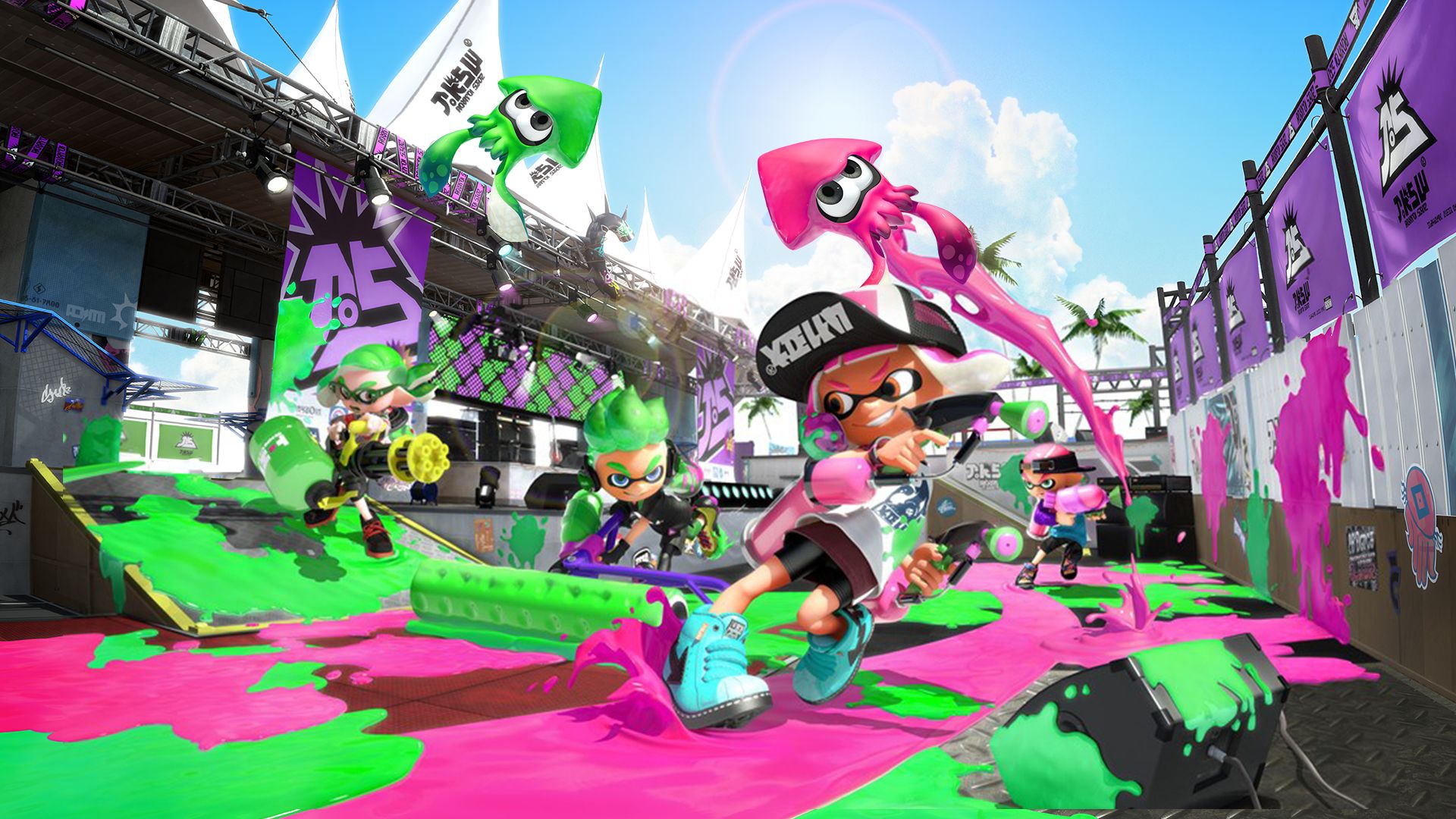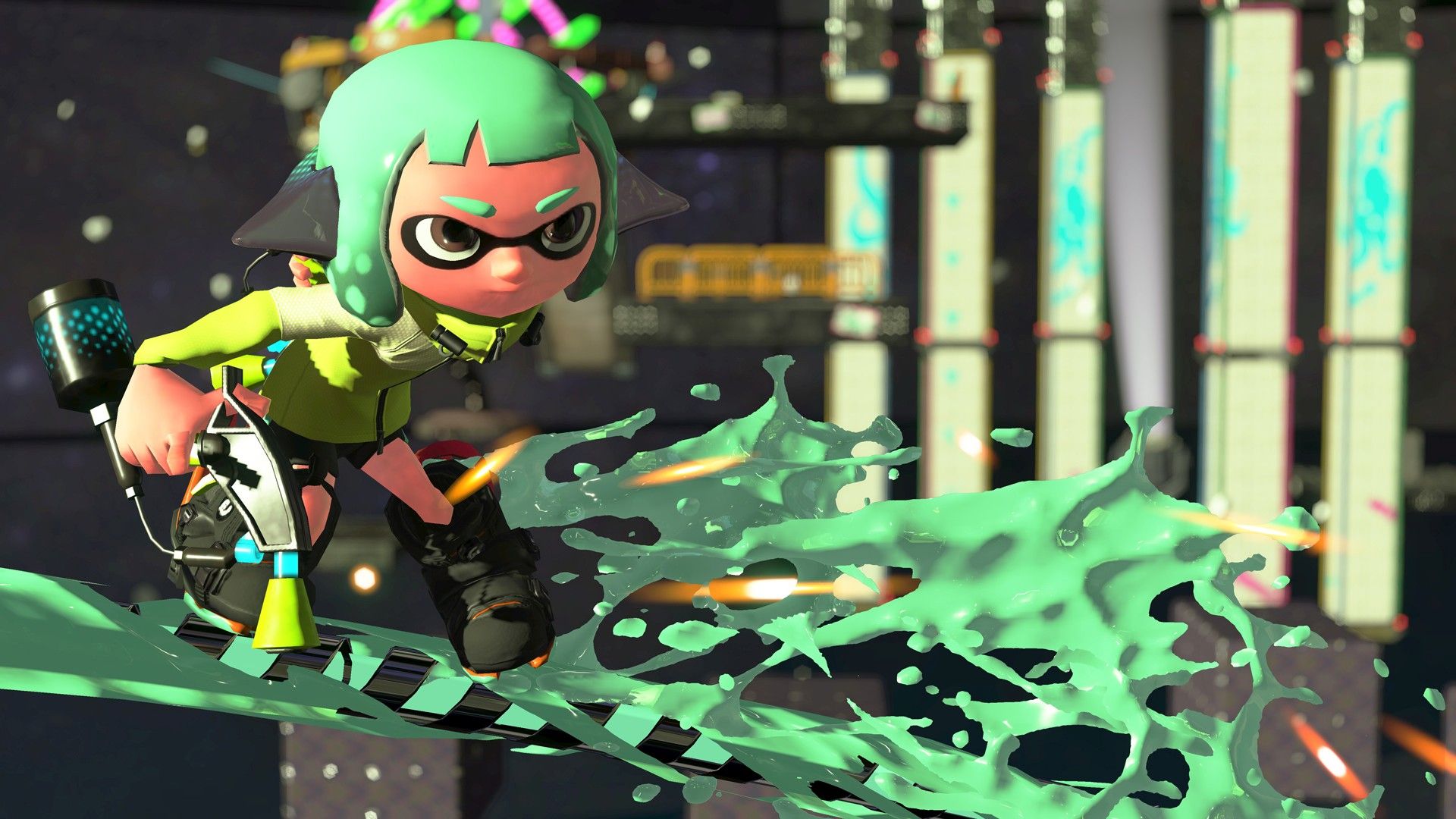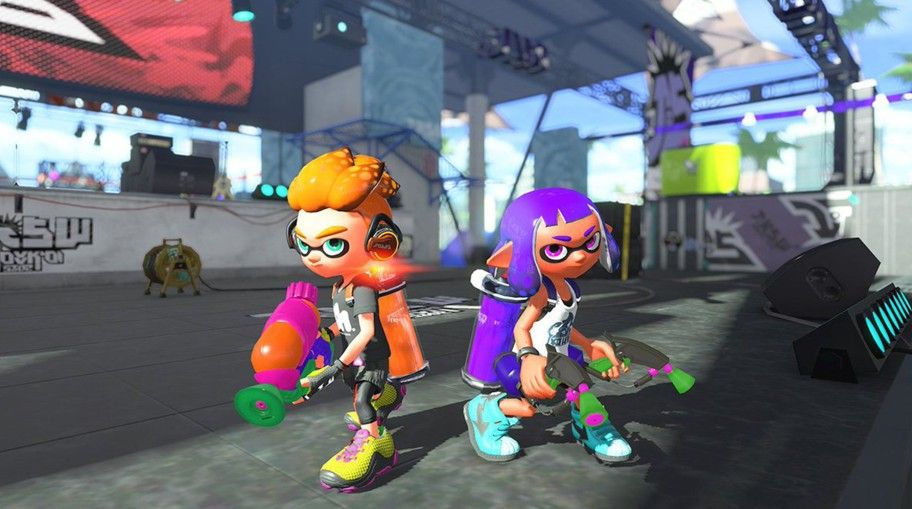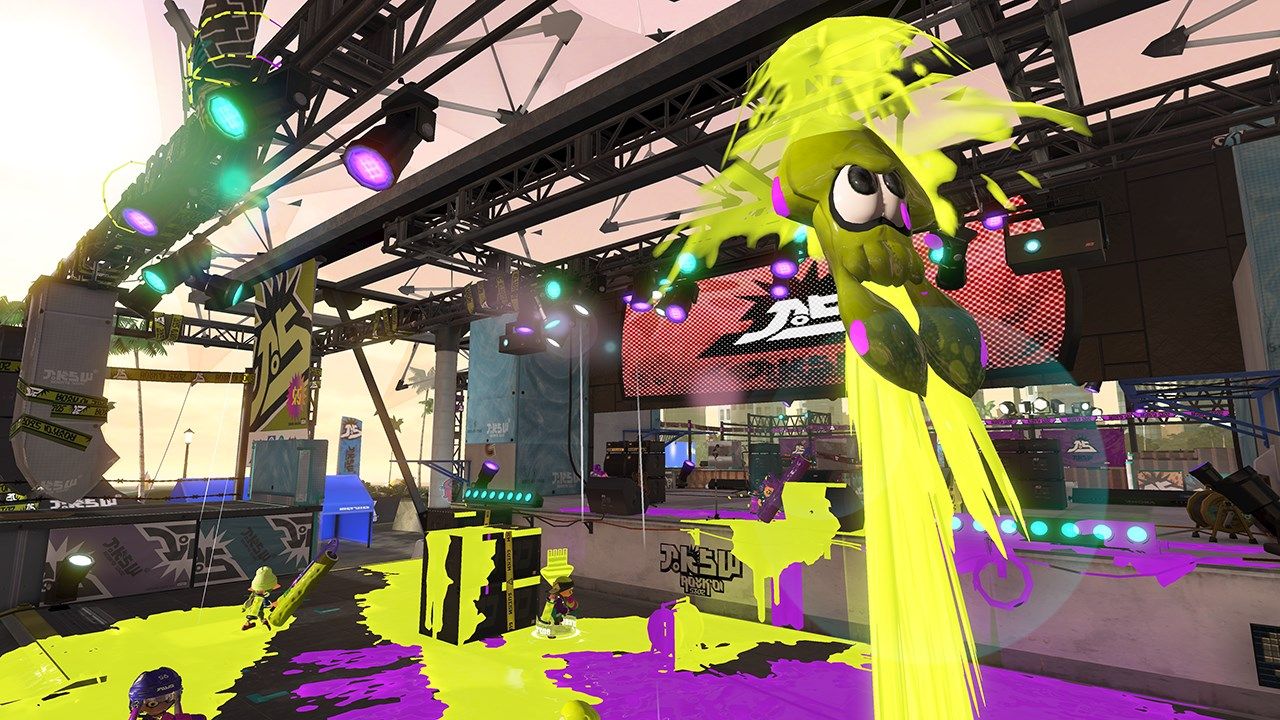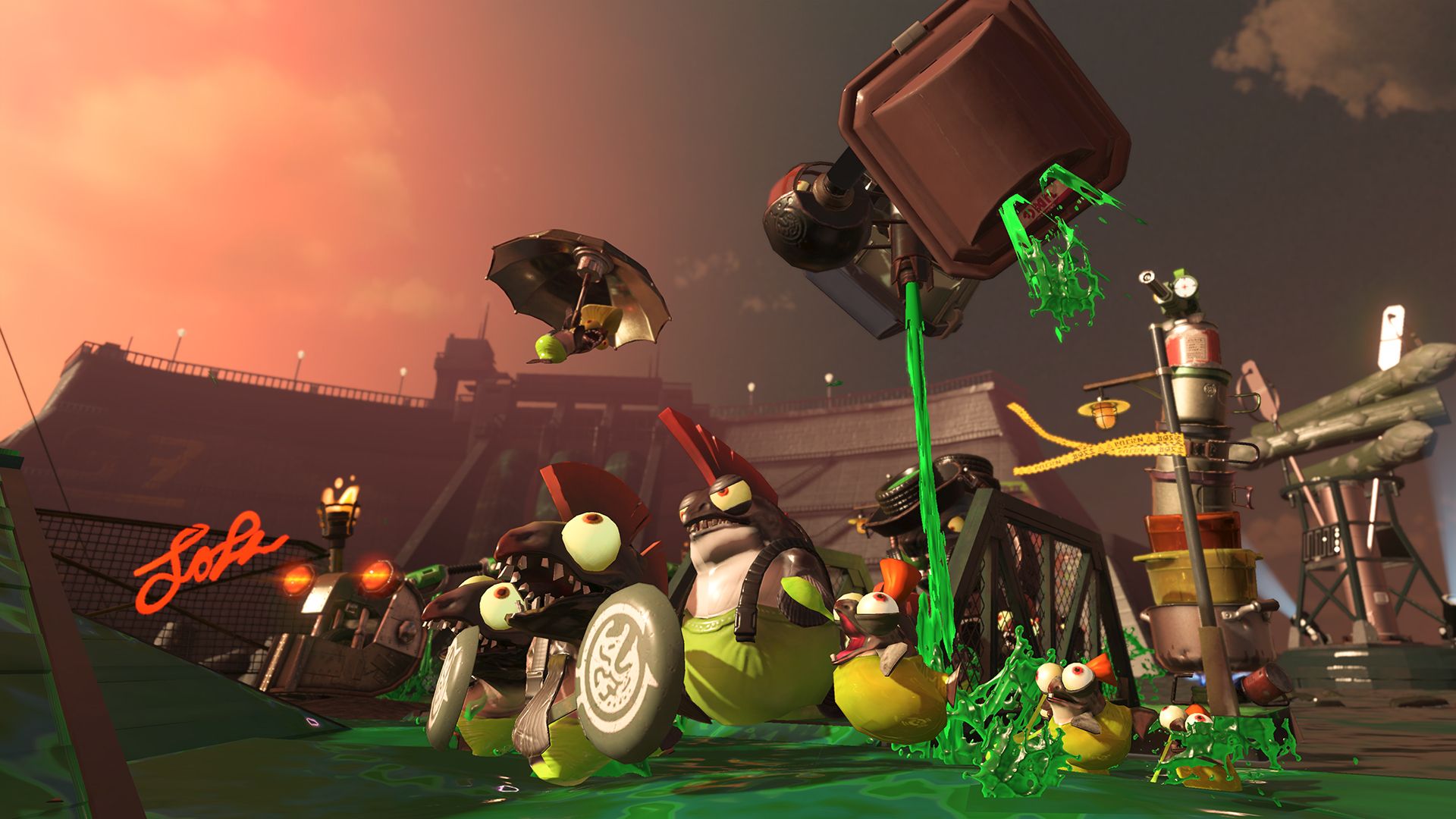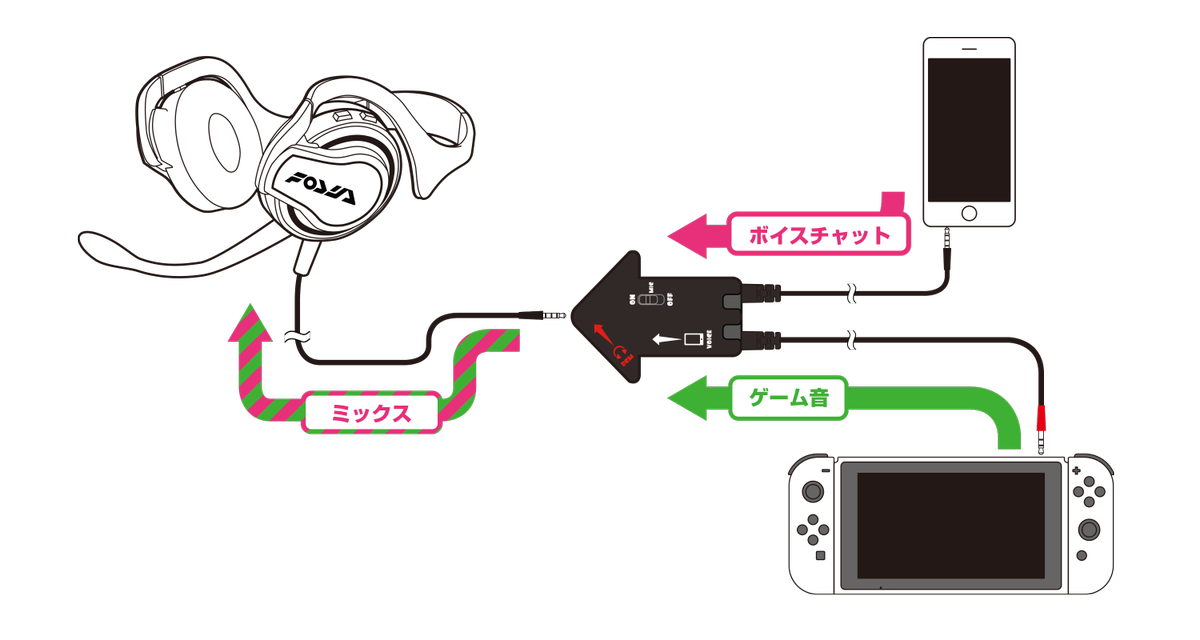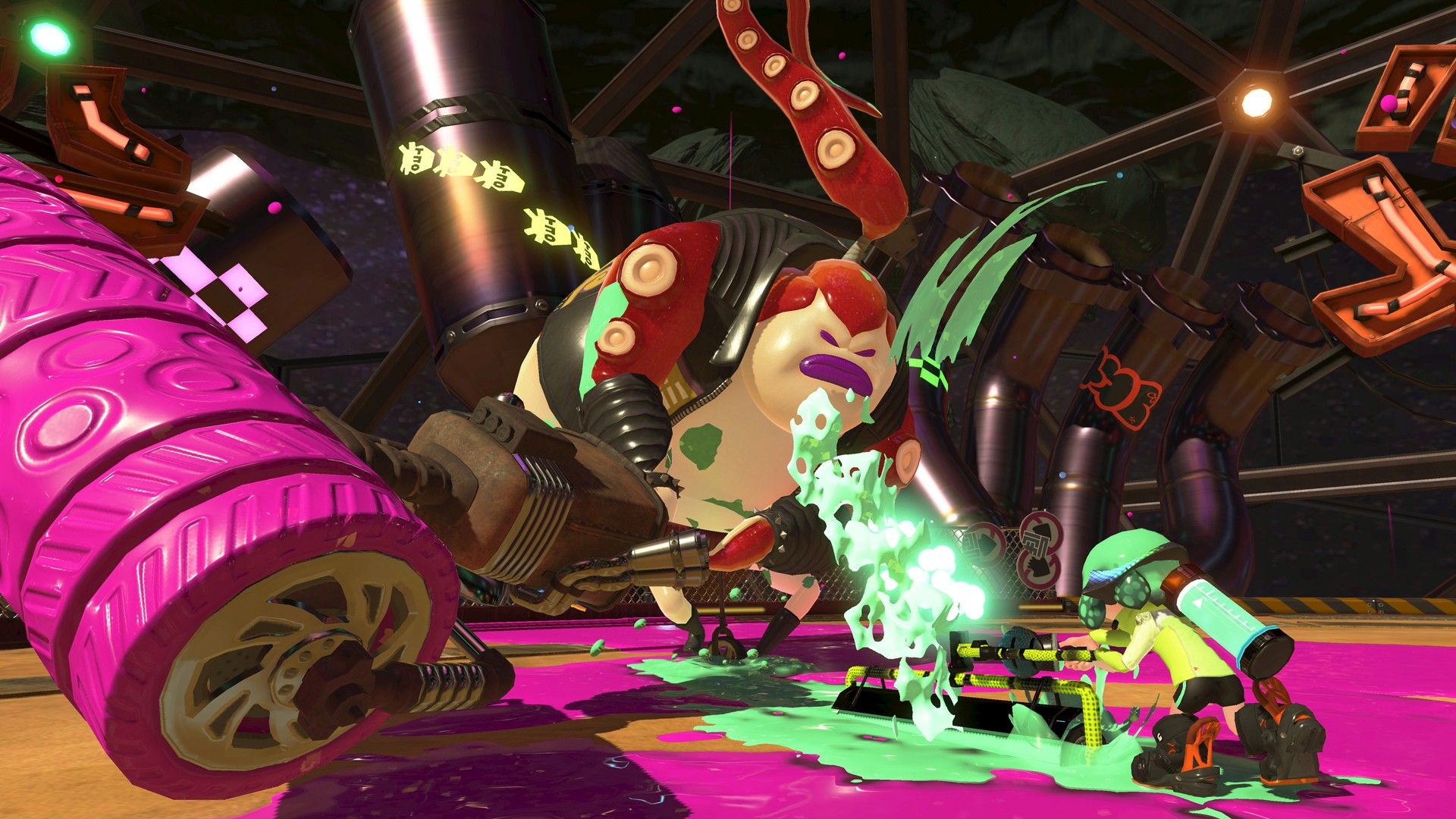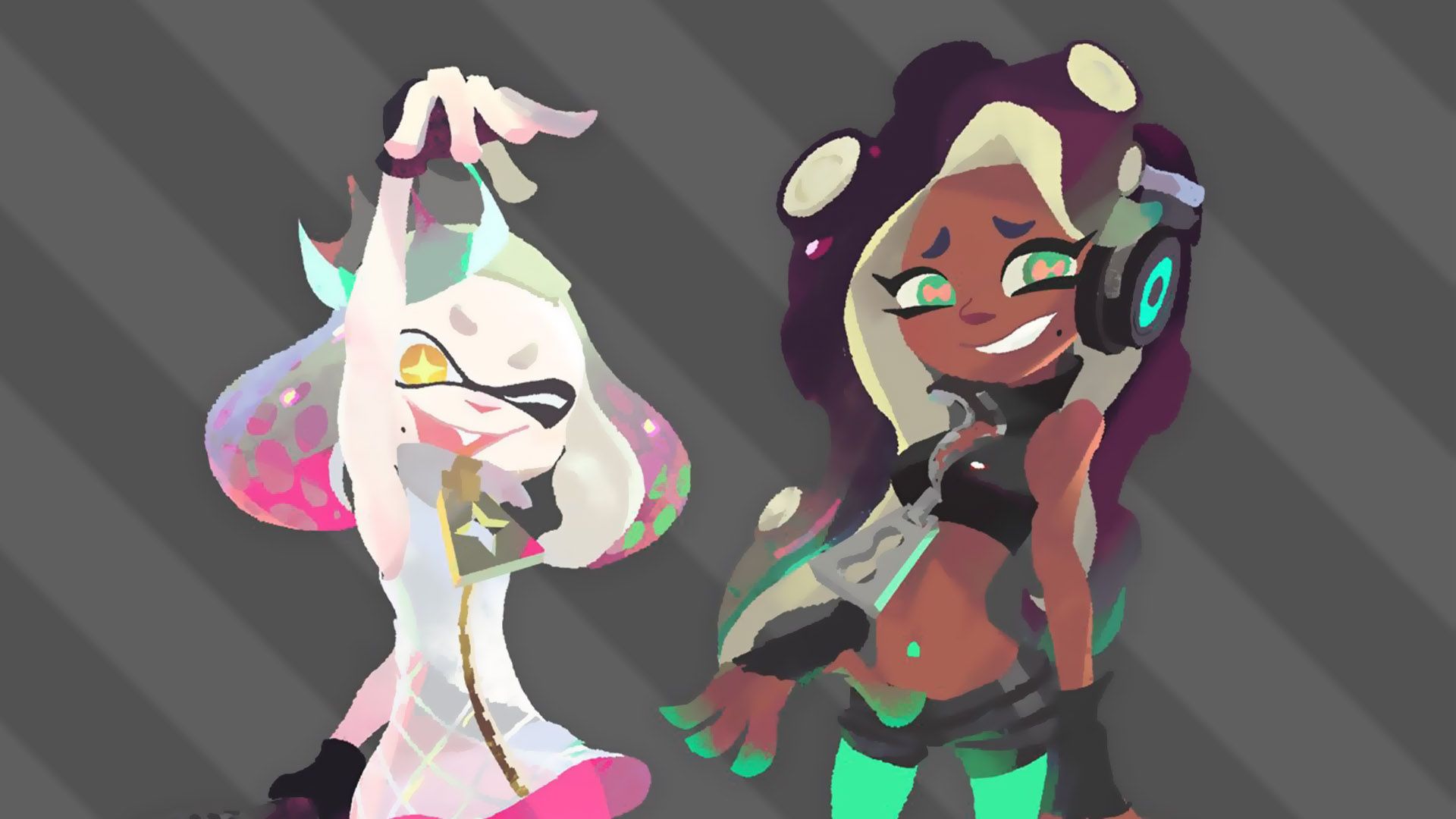When it comes to crafting a shooter that (more or less) did away with a lot of the typical conventions of most shooters out there -- i.e. plenty of lifelike carnage and bloodshed -- leave it up to Nintendo to create something like Splatoon. Thanks to its colorful visuals, unique paint-based mechanics, and a lovable cast of kids (who just so happen to be squids), the original Splatoon quickly became one of the Wii U's most unique titles and one of Nintendo's freshest new IP yet. However, coming toward the twilight years of the short-lived Wii U, it shouldn't come as too much of a surprise that Nintendo is giving the Inkings another chance to shine with the recently-released Splatoon 2.
Much like the first game, Splatoon 2 revolves around players taking on teams of half-kid, half-squid hybrids -- known as the Inklings -- in various large-scale multiplayer arenas and spraying the battlefield with their team's accompanying ink color. At the end of the heated (but frantically fun) matches, the team with the highest percentage of the arena covered in their team color comes out the victor of the match.
[pullquote]"It shouldn't come as too much of a surprise that Nintendo is giving the Inkings another chance to shine with the recently-released Splatoon 2."[/pullquote]
For fans of the original title, Splatoon 2 will largely feel very familiar. Compared to the complete reinvention of a beloved franchise that players saw on the Switch back in March with The Legend of Zelda: Breath of the Wild (or potentially with this fall's Super Mario Odyssey), Splatoon 2 is a far more iterative sequel than what Nintendo fans may have seen lately. It may give off the vibe of something closer to an enhanced port of the first game than anything else, but deep down Splatoon 2 is more than just a fresh coat of paint, and the Inklings are looking fresher than ever.
Splatoon 2, more than anything, seems to straddle a perfect line between offering up a fresh enough experience for newcomers to the series while also catering to the (very loyal) fanbase the game has cultivated over the past few years. Despite it being a sequel, Splatoon 2 seems like the prime place for those that might have missed out on the first game to jump in, myself included.
Having only played the first game in small doses at events and with friends, I jumped at the chance to experience the fast-paced fun of Splatoon 2 on the Nintendo Switch, and those who might have missed out on the series the first time around should definitely do the same here.
[pullquote]"Despite it being a sequel, Splatoon 2 seems like the prime place for those that might have missed out on the first game to jump in."[/pullquote]
That isn't to say though that fans of the original game will feel left out or that the core experience of Splatoon has been diluted in any way. By and large, Splatoon 2 perfectly preserves what made the original title such a runaway hit, while also adding in some pleasant surprises and new features, starting with the game's core experience: the multiplayer modes.
Turf War -- where players spray the battlefield with their respective teams' ink -- once again provides the focal point of the Splatoon experience, and Splatoon 2 doesn't disappoint at all in that regard. Thanks to the compelling back-and-forth of teams pushing and pulling their way through the arena while spraying ink everywhere, Splatoon 2 plays as wonderfully and vibrantly as it looks with its dashes of color and frantic pace.
Switching between your kid and squid forms to glide through the map, Splatoon 2's emphasis on mobility and learning the ins-and-outs of the maps feels just as fresh as ever, and continues to shine as Nintendo's take on traditional third-person-shooting.
[pullquote]"Splatoon 2 perfectly preserves what made the original title such a runaway hit, while also adding in some pleasant surprises and new features."[/pullquote]
Outside of Turf War, the multiplayer modes that players can head into after reaching a certain level expands thanks to Ranked Play. After reaching Level 10 in Turf War matches, players will unlock the additional game types Tower Control (where players deliver a payload), Splat Zones (a capture point mode), and Rainmaker, which is the Splatoon 2 equivalent of Capture the Flag. Most of these modes and game-types will feel familiar to those that played the first game (or just any competitive shooter in general), but even with their basic objectives, the additional modes offer a refreshing change of pace for those looking to go outside of Turf War (and into more competitive-minded) gameplay.
The most notable multiplayer addition in Splatoon 2 is Salmon Run, a Horde mode-esque game type where up to four players team up to take on mechanized salmon enemies while collecting golden fish eggs, and attempt to outlast the increasingly-difficult waves of enemies. Building on the tension of taking on mass waves of enemies a la Gears of War or Left 4 Dead, Salmon Run is an absolute blast to play with friends, and easily the biggest challenge that Splatoon 2 offers, with levels of difficulty that far exceed anything else that the game can throw at you.
Aside from its scaling difficulty, Salmon Run constantly throws new obstacles in your way -- such as specialized mini-boss type enemies -- that will have players on their toes and constantly adjusting their strategies mid-match to react to those new challenges.
[pullquote]"Salmon Run is an absolute blast to play with friends, and easily the biggest challenge that Splatoon 2 offers."[/pullquote]
While Salmon Run is easily one of Splatoon 2's highlights, the big caveat to note when accessing it is that it isn't available to play at all times; instead the mode is only available during select periods of times on certain days online. Switch players can hop into the mode at any time locally if they are around with other players, but the restrictions behind the mode's online accessibility is still a bit disappointing, especially when combined with the fact that players are given pre-determind loadouts online, while locally can access any weapons or loadouts they have on-hand. It feels like an unnecessary gate to one of the biggest new features that Splatoon 2 provides.
Aside from Salmon Run, Splatoon 2's online accessibility and infrastructure feels like yet another example of Nintendo not quite nailing the online experience that players have enjoyed on other platforms for quite some time. I had little-to-no issues with server performance or access in my time online with the game, thankfully, as far as lag or dropping out of matches goes. But given that this is one of the most online-centric titles that Nintendo has released on the Switch so far, Splatoon 2 has a few hoops to jump through that can make its online experience cumbersome, especially when trying to play with friends.
[pullquote]"Splatoon 2 has a few hoops to jump through that can make its online experience cumbersome, especially when trying to play with friends."[/pullquote]
Notably, Splatoon 2 is the first title to support the Nintendo Switch Online app, which is the primary way that Switch players will access online matchmaking with friends and using voice chat moving forward. Much was already said about the app and the way that players will hop into matches with friends before its release (especially with a third-party headset/splitter that's anything but elegant), but now that the app is out and in the wild, it's largely as troublesome and wonky as some might have expected.
The app is definitely functional at the least, but not the ideal solution to playing (or chatting) with friends. The time it takes to set up invites for games and voice chat feels almost not worth the effort given the short duration of most Splatoon 2 matches. More importantly, it makes a hard case for its use when other, more intuitive chat services are out there (for instance, DualShockers’ Discord Channel).
Outside of the app, Splatoon 2 also has some other annoying hiccups that can make its online experience a bit inelegant. In particular, once players queue up into a multiplayer lobby you can't back out or exit until either the game is filled up, or not enough players are found and the game kicks back to the menu. Conversely, switching up a loadout or cosmetic items means having to back out of the online menus entirely.
The map rotation found in the first game also returns, where each online mode is limited to two maps at a time that rotate every two hours. In theory, it's a decent way to encourage players to keep coming back to the game to try out different maps (or to become more familiar with the ins-and-outs of a certain map), but in practice being limited to so little maps at a given time can feel restricting if you're looking to hop on for longer multiplayer sessions.
[pullquote]"Each one of the campaign bosses are filled with creative energy both in their design and in highlighting Splatoon 2's excellent mechanics."[/pullquote]
While Splatoon 2 is mostly a multiplayer-focused experience, the game's single-player campaign (known as Hero Mode) also provides a nice retreat for those either looking to play the game offline for a bit or a breather from the competitive-minded modes. Thankfully, the campaign offers just that with around 30 different levels that each provide varying challenges, and serves as an excellent way to be introduced to the game's mechanics and weaponry. While players will start out with the basics, like learning to change between squid and kid form and using weapons like the Splattershot and Roller, the campaign gradually teaches players the game's advanced mechanics and provides more exotic weaponry.
Personally, the highlight of my experience in the single-player campaign was learning to grind on paint rails while wielding the game's new Splat Dualies, a pair of paint pistols with a wicked rate of fire. With a bunch of fun nods to the greater Splatoon fandom, the single-player mode provides a fun diversion from the multiplayer while also serving as an excellent tutorial for the game's other modes.
Aside from completing each of the levels in the campaign, each mini-hub world in Splatoon 2 ends with a boss battle that shows the story mode at its best. It's hard not to give too much away as the bosses are really best enjoyed as surprises, but each one of the campaign bosses are filled with creative energy both in their design and in highlighting Splatoon 2's excellent mechanics. The fact that you fight a giant oven that shoots bread at you (along with bread-based puns) should be a good indication of what to expect.
[pullquote]"It's easy to see why Splatoon made such a splash on the Wii U two years ago, and how Splatoon 2 might make a kid (or a squid) out of all of us on the Switch."[/pullquote]
Sadly, the campaign is the only offline mode in Splatoon 2, and made me wish for something a bit more to complement it, especially given the Switch's handheld capabilities suited for on-the-go play. Even if there was something as simple as bot matches against enemy AI for practicing on the train or bus and then hopping into online matches at home, it feels like a missed opportunity for Splatoon 2 to have some other offerings that aren't so online-dependent.
Despite some of the shortcomings of its online experience, Splatoon 2 translates the frenetic energy and charm of the original title to the Nintendo Switch perfectly. With a fresh coat of paint in the form of new weapons and mechanics, and an excellent co-op mode, Splatoon 2's slight hangups are largely overshadowed by its cheerful nature and insanely fun multiplayer modes.
Given that you're greeted by the squid DJ duo Marina and Pearl each time you hope into the game -- who are instantly lovable the moment you meet them -- it's easy to see why Splatoon made such a splash on the Wii U two years ago, and how Splatoon 2 might make a kid (or a squid) out of all of us on the Switch.
Splatoon 2
- Franchise
- Splatoon
- Platform(s)
- Switch
- Released
- July 21, 2017
- Developer(s)
- Nintendo EPD
- Publisher(s)
- Nintendo
- Genre(s)
- Third-Person Shooter
- ESRB
- E10+ for Everyone 10+: Cartoon Violence

